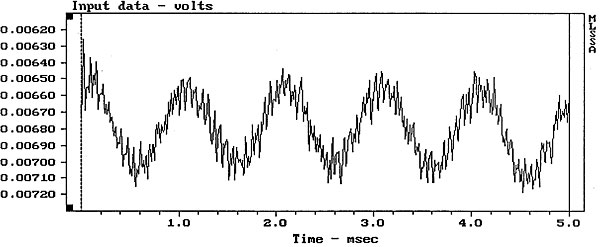| Columns Retired Columns & Blogs |
I bet you that if you were to drop that in any system against any of the newer competitors it would still hold its own. Okay it doesn't have HDMI, USB inputs for todays computer audio systems but knowing how good their gear is I am sure it still sounds great.













































